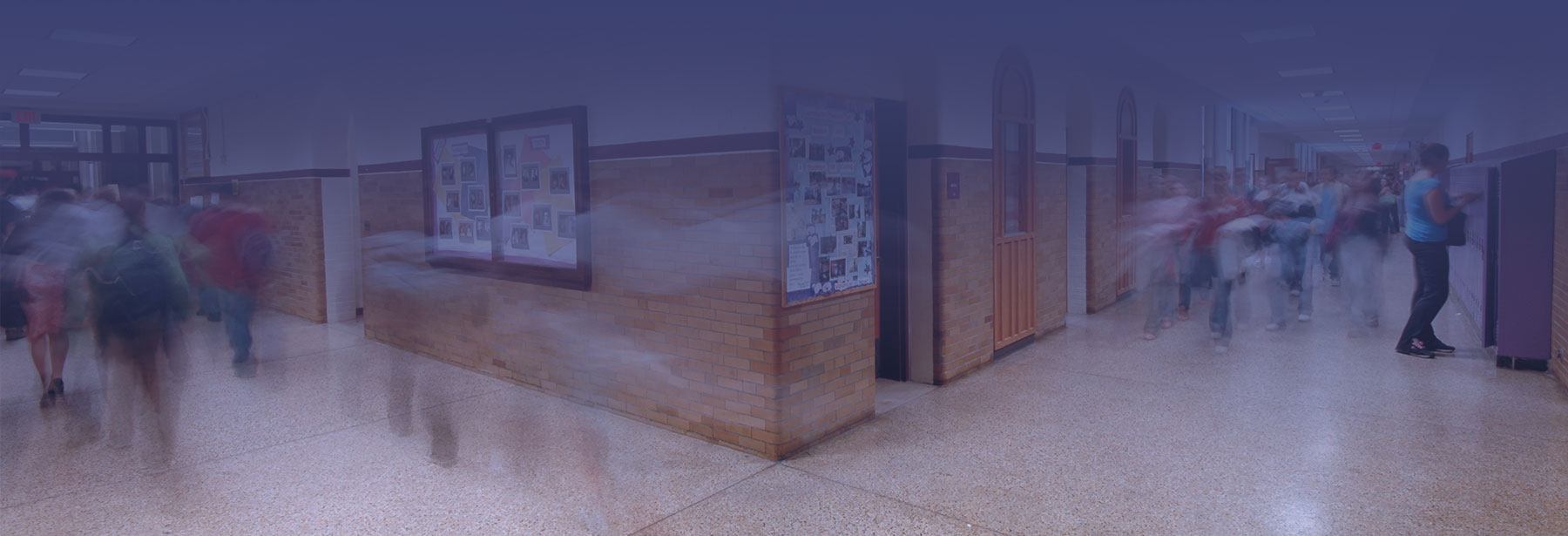Across the nation, educators have been preparing for a quiet—but consequential—change: on July 17, 2025, the 988 Suicide & Crisis Lifeline retired its “Press 3” option specifically for LGBTQ+ youth. The federal rationale is to “serve all help-seekers under one model,” yet many advocates fear a loss of culturally competent care.
That shift lands squarely on the shoulders of school and district leaders. Why? Because schools remain the most consistently accessed support system for young people, and data show that when LGBTQ students feel affirmed at school, their mental-health outcomes improve dramatically.
Why Urgency - and Empathy - Matter
What the data tell us:
🔴 39% of LGBTQ youth—and 46 % of transgender and nonbinary youth—seriously considered suicide in the past year.
🔴 60% of LGBTQ+ youth who wanted mental health care were unable to access it.
Transgender and nonbinary youth face even higher risks due to discrimination and lack of affirming support.
🔴 LGBTQ+ students who have access to supportive adults and crisis resources are significantly less likely to experience depression, anxiety, and suicidal thoughts.
These numbers aren’t meant to alarm; they’re meant to focus our efforts. Every principal, counselor, and teacher can influence those statistics—starting now.
Schools can still serve as pillars of support. Here’s how:
1. Support GSAs (Gender & Sexuality Alliances)
Encourage and fund student-led clubs that provide safe spaces for LGBTQ+ students. GSAs foster community, reduce bullying, and promote leadership.
2. Enact and Enforce Inclusive Policies
Develop explicit anti-bullying policies that protect students based on sexual orientation and gender identity. Ensure dress codes and name/pronoun use policies reflect inclusivity.
3. Train Staff to Be Affirming Allies
Provide professional development so educators and staff can confidently support LGBTQ+ students. Even one trusted adult in a school can reduce suicide risk significantly.
4. Integrate LGBTQ+ Voices in Curriculum
Include LGBTQ+ history, literature, and perspectives across subjects. Representation normalizes identities and fosters empathy among all students.
5. Share Crisis Resources Widely
In the absence of a federal lifeline option, promote local, state, and nonprofit resources such as:
The Trevor Project: 1-866-488-7386 | thetrevorproject.org
Trans Lifeline: 1-877-565-8860 | translifeline.org
LGBT National Help Center: 1-888-843-4564 | glbthotline.org
Place these resources on posters, student portals, school websites, and counselor offices.
How Gaggle ReachOut Keeps Support Continuous
Gaggle ReachOut is a 24/7, human-backed safety line that routes students directly to trained Gaggle safety professionals and to the right support in your district—within minutes. Unlike free national hotlines, ReachOut:
✔️ Is staffed by counselors experienced in working specifically with students
✔️ Uses a local community number with a familiar area code
✔️ Isn’t just for moments of crisis; support is provided for a range of emotional and mental issues
✔️ Is paired with your resources, connecting students with community resources in imminent situations
Schedule time with us to see how quickly your district can stand up a dedicated, identity-affirming safety line.
Final Thought
Federal hotlines may shift, but your campus culture is constant. By weaving crisis resources, affirming policies, and trained adults into everyday practice, schools can ensure every LGBTQ+ student hears the message they most need: You belong, and help is always within reach.



Let Us Know What You Thought About This Post.
Put your comment below.